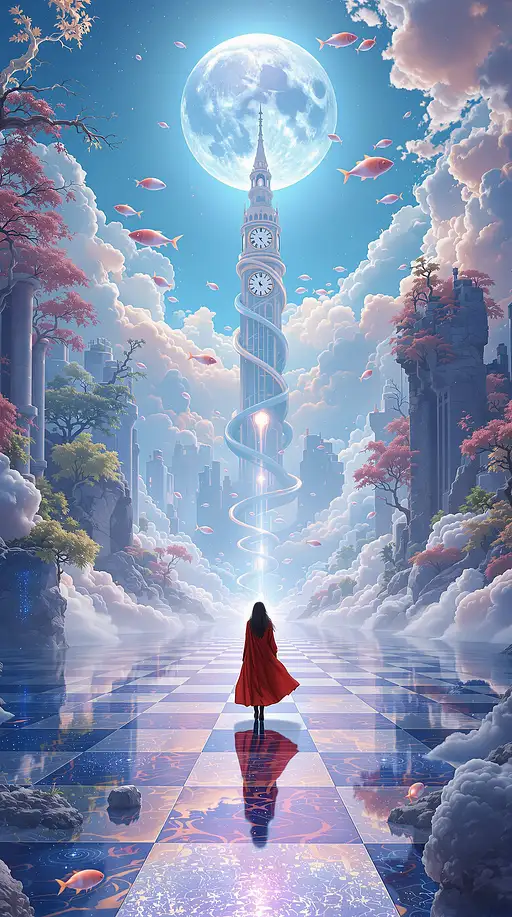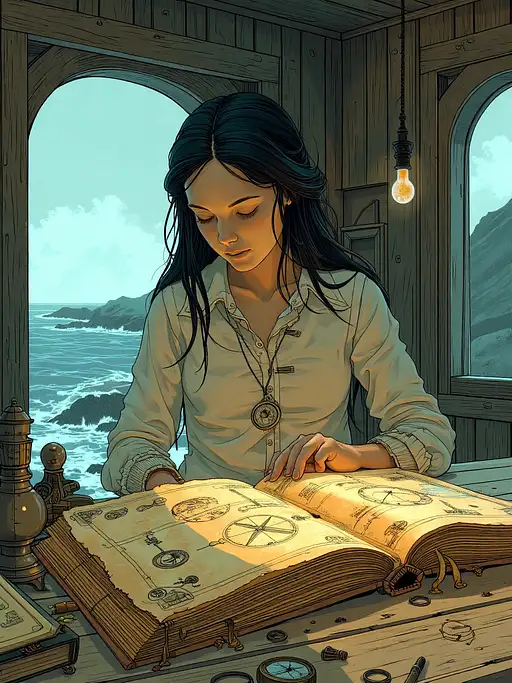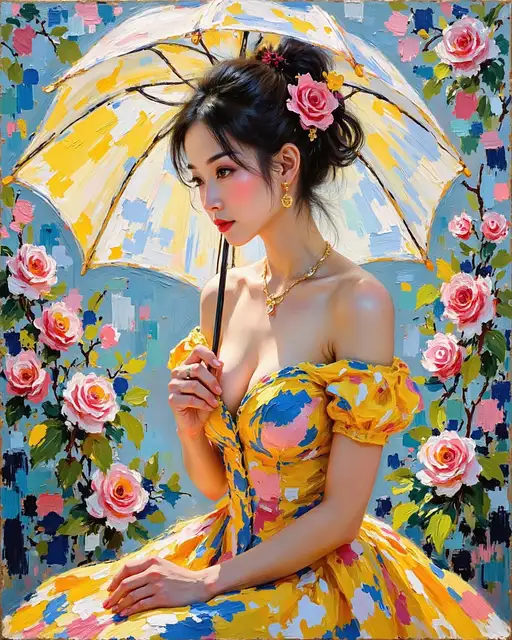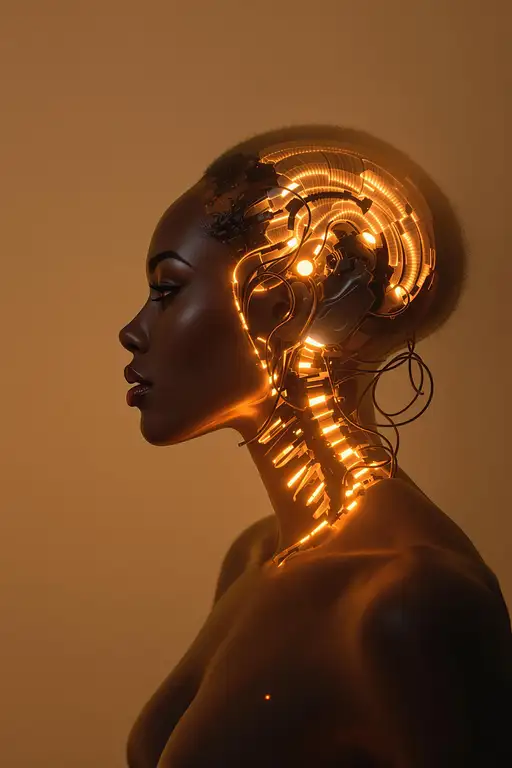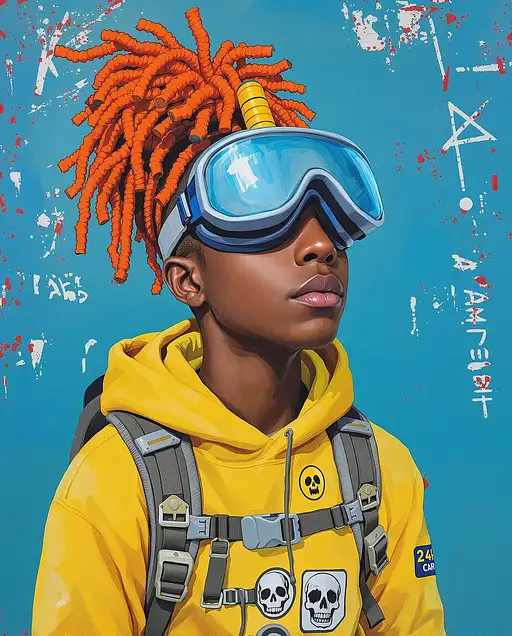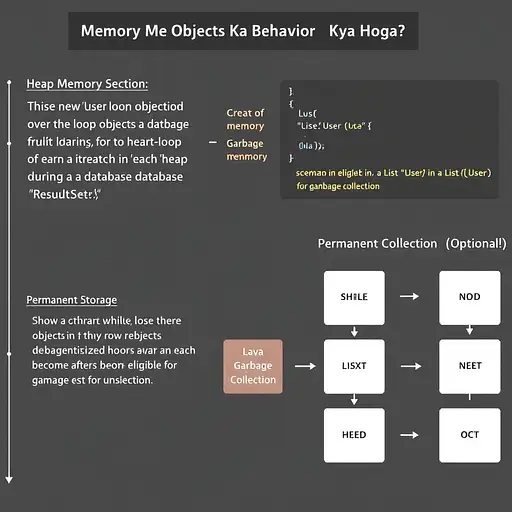
8 months ago
A Stunning Muscular Curvy woman with long, light brown hair is posing in a minimalist studio setting. She is wearing a black one-piece swimsuit with white trim and white leg warmers on her lower legs. The background is entirely white, creating a clean and simple aesthetic. The lighting is soft and even, eliminating harsh shadows and highlighting the contours of her body. She is positioned on the floor, leaning back slightly with her left hand supporting her weight. Her right leg is bent at the knee, while her left leg is extended outwards. Her head is tilted back, and her eyes are closed, giving her a serene and contemplative expression. A large, light-colored reflector or diffuser is visible in the background to the left, along with a small, orange object on the floor near her left hand. The overall composition emphasizes the model's form and the simplicity of the setting.








